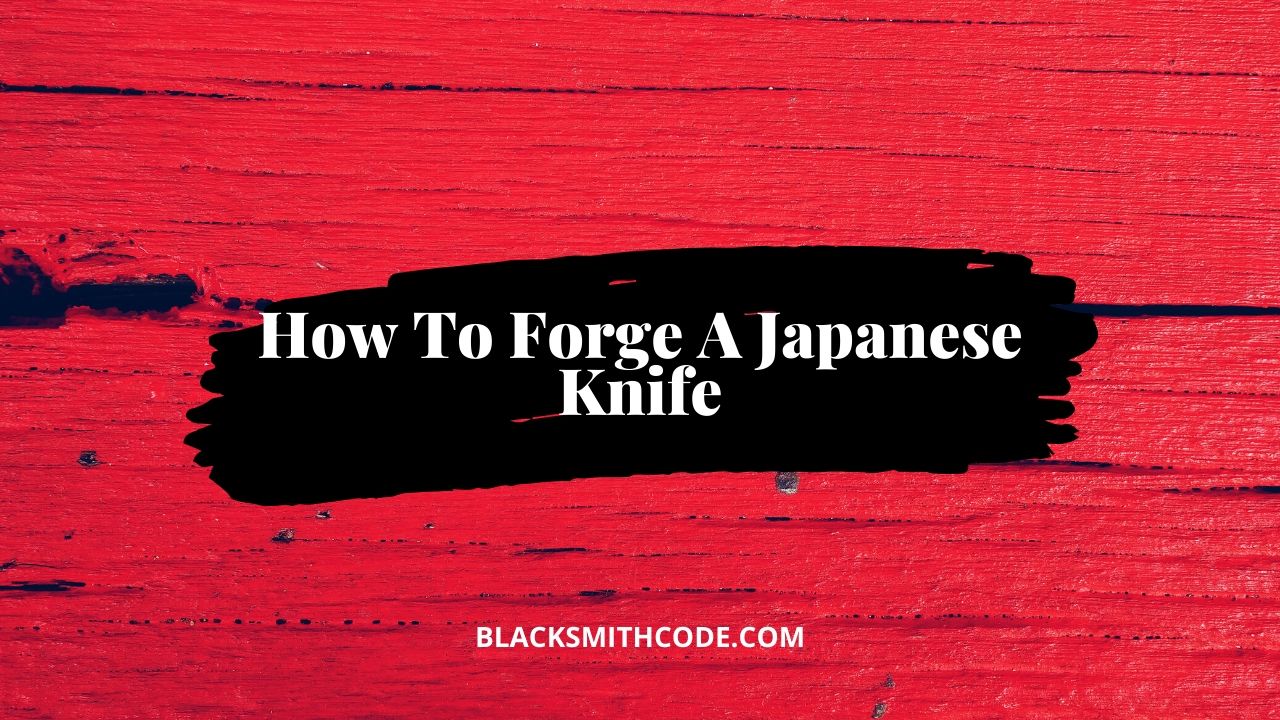Do you know that forging a metal cross is one of blacksmithing’s most beautiful art? A cross is a general accessory that has both religious and fashion significance. Therefore, it is one of the first items blacksmiths learn how to forge.
There are many types of cross, including the troll cross and the split cross. In this guide, we will focus on the general kind of cross, which is the split cross.
Learn how to forge a hand-forged cross in the few practicable steps below.
Essentials
Some essentials are crucial for a smooth forging process. These essentials are not only essential for carrying out the task, but they are also vital in easing the stress. The essentials for forming a metal cross include;
Square steel and wire ring
Instructions on How to Forge A Cross
Step 1: Design Your Pattern
Designing the pattern is not just about the design. It also includes making a precise measurement. This measurement will determine the overall size and dimension of your cross.
Pro Tip
The arms of the cross must be equal in length. The arms should also be proportional to the length of the cross. You should also include the forging part and the waste in your measurement.
Step 2: Make Your Square steel
Your material should take the shape of a square for a better output. You won’t have much stress with this step if you have steel with the proper dimension. However, if you are forging from scrap or irregular materials, you have to make it to a square shape.
Step 3: Cutting
Cutting is another critical step. Here, you should cut your material to a suitable dimension. Make use of a hacksaw or other hand cutting tool that will give you a precise and neat cut.
Step 4: Heating
This is the first heating process for forging a metal cross, and this heating aims to allow bending. It would be best if you heated the metal to a workable temperature, usually around 1500℉. You can read the metal temperature by the color if you don’t have a working thermometer.
Pro Tip
Start working on the metal once the color goes beyond red hot and becomes yellow.
Step 5: Splitting
If you intend to create a split cross, now is the time to heat your metal. A flat head screwdriver will help you get started with the splitting process. Afterward, you can use other suitable splitting techniques you have.
You can resort to the use of pliers or tongs in the long run. You can consider reheating the steel if the splitting becomes progressively tricky due to the temperature. Continue with the heating process until the arms spread out ultimately.
Step 6: Tweaking
There are high chances that you won’t have a perfect arm configuration yet. Therefore, there might be a need to tweak the arm a bit. This tweaking process will help you to achieve an ideal arm orientation.
Quick Steps
- Heat the stock to a workable temperature.
- Place it on a flat surface and tweak it gently.
- Place it on the vise. Avoid tightening the clamp too hard to prevent further distortion. But tight it hard enough to maintain a grip.
- Remove waste materials from the stock to leave you with your desired length.
Step 7: Remove Hacksaw Marks
Hacksaw marks will do nothing than disfigure your cross. The scratches are from cutting the cross and removing the waste materials.
Quick Steps
- Heat the stock again. This time around, a red-hot temperature should be sufficient.
- Lay the stock gently on the anvil.
- Use the smooth edge of your hammer to tap it until you have the marks all covered up.
Step 8: Drilling
Most crosses are either for accessory or religious purposes. Regardless of the goal, most crosses are in a manner that you can hang around the neck. As a result, there is a need to make a hole at the tip to allow the fitting of the strap.
You can make use of a drill to bore the hole. For the strap, a rope or wire loop of the appropriate length should be sufficient.
Step 9: Finishing
Now, it is time to fine-tune your work. The finishing should help you get rid of the black coloration resulting from heating. You should ensure the use of suitable finishing and polishing procedures to clean up your work.
FAQs on How to Forge A Cross
Question
Can I use forge for the heating process?
The forge might not be suitable to carry out proper heating considering the size of the cross. It might be too small to remove from the forge, and monitoring the temperature might be quite tricky. Also, there are steps where you have to heat only a specific part of the cross.
A gas torch is more suitable for heating in this process. It helps you to increase the precision of heat. Likewise, it makes the forging process relatively more comfortable.
Question
Can you create a split cross from a railroad spike?
Yes. You can create a split cross from railroad spikes. You can even create a split cross from rod steel and scrap metals. However, you have to form a precise shape from the material before proceeding with the forging procedures.
Question
How long will it take to forge a split cross?
Forging a split cross is not time-consuming. You can even reproduce multiple crosses within 24 hours. On average, you can complete the forging of a single split cross between 1-3 hours.
Video on How to Forge A Cross
Warnings
Taking cautions is part of the ethics of blacksmiths. These cautions usually help blacksmiths to create the best products. Likewise, it will mitigate the probability of accidents and ensure safety.
- Be careful while handling hot steel to prevent burns.
- Be careful not to distort your cross while tweaking it.
- You should reheat the stock before splitting if there is a need for it.
- Ensure you use your protective gear and carry out all precautionary measures while carrying out any blacksmithing task.





